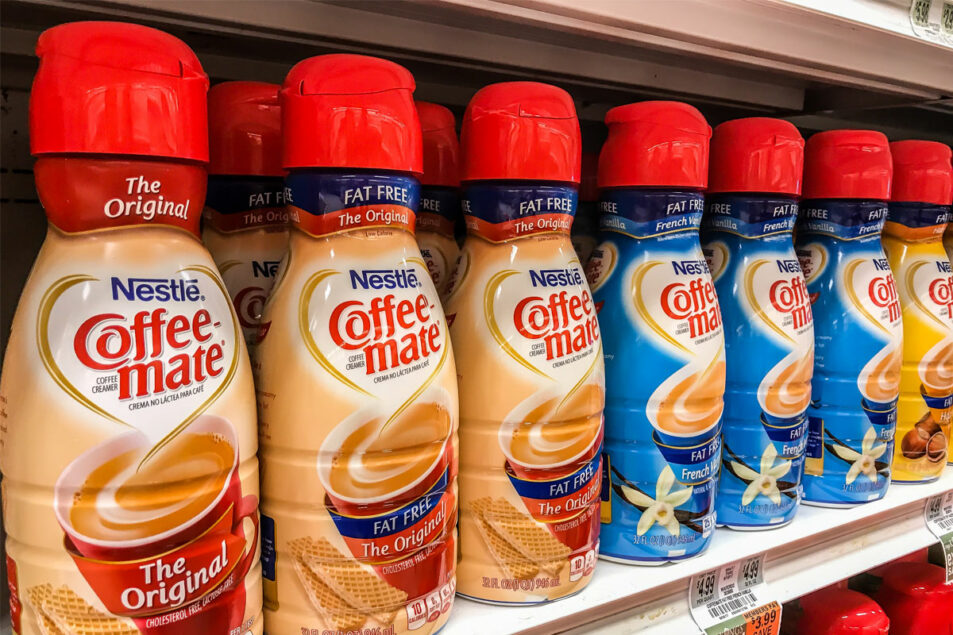
BARCELONA — Soccer coaches and players know offensive strategies revolve around creating space — Passing the ball in ways that open pockets and lanes that allow players to take quality shots on goal. Nestle SA’s Project Tasty is built on similar principles and the understanding that stock-keeping unit (SKU) rationalization as well as a focus on product formulation and packaging harmonization creates opportunities for innovation. With Tasty underway the company is now enhancing it with Project Agility.
Project Tasty initially was conceived in 2021 as inflation around the world was rising and the costs of goods were becoming more expensive. Executives speaking at Nestle’s Nov. 29 investor day demonstrated how Project Tasty has benefited the company’s P&L by approximately 1 billion Swiss francs in 2022 ($1.06 billion), is on pace to deliver another 1 billion Swiss franc benefit in 2023 and with more to come in 2024.
“We want to save costs with a view to protect margins and at the same time, protect market shares and unlock growth,” said Laurent Freixe, chief executive officer of Nestle’s Latin America Zone. “The scope is group wide. All BUs (business units), all zones, all markets, all functions, R&D included.”
Project Tasty consists of two “streams,” said Mr. Freixe, one devoted to SKUs and the other focused on formulation and packaging. The SKU stream evaluates and reduces those products and varieties that are not performing at acceptable levels.
“We believe that there is a lot we can achieve through cutting the (SKU) tail, creating the space for innovation, creating the space for the more important SKUs,” Mr. Freixe said. “But equally important, if not more, is growing the head, pushing those core SKUs that are making a difference for Nestle.”
The company produces more than 100,000 SKUs, he said, and roughly one-third account for 1% of sales. On the other hand, 11% of Nestle’s SKUs account for 80% of sales.
“Addressing the tail brings a lot of benefits because those SKUs are mobilizing resources that are not justified,” Mr. Freixe said.
Emphasizing that lesser performing SKUs take resources from better performing SKUs may be obvious, said Mr. Freixe, but it needs to be done systematically.
“We want to make sure that they (better performing SKUs) get VIP treatment in the system,” he said. “They should get perfect distribution. We should make sure that they are on shelf (and) available at all times.
“The reality is that, on average, we would get probably 95% on shelf availability. If we can move (that) from 95% to 96%, make sure that those products are available at all times, we (can) make a significant difference on distribution, on supply, for instance. If we got 97% or 98% case fill rate on average … that makes a big difference, of course, in supporting on shelf availability.”
Formulation and packaging harmonization involves a variety of initiatives throughout the company. Examples provided by Mr. Freixe included developing new coffee blends world-wide, updated formulations in dairy and pet food, and a reduction in formulation complexity in supplements.
“Optimizing the recipes, we do in a way that intends to simplify specifications so we build up resilience,” Mr. Freixe said. “We try to build up and also strengthen the local supply chains. Of course, we have consumer preference embedded and we make procurement more efficient.”
The changes also offer the company some sustainability benefits, he said.
“We have the case of dairy, replacing some dairy ingredients with fibers or with plant-based ingredients, for instance,” he said. “We can reduce costs, but we get also a benefit in terms of greenhouse gas emission.”
Other examples packaging harmonization contributing sustainability benefits include removing the cap from a Gerber product in the United States and reducing the size of a plastic cap on a bottled water brand in France that helped the company reduce its use of virgin plastic.
In August, Nestle launched Project Agility, which is meant to complement Project Tasty. When it is in place it will improve the speed and quality of decision making, identify improvements in how Nestle’s business units collaborate and leverage business initiatives across the company’s different zones.
“We want to sharpen the focus, effectiveness and efficiency of the headquarters,” Mr. Freixe said. “In addition, the spirit that we see in Tasty we would like to see embraced across the organization in every decision-making process, making sure that we go to the essential, identify the opportunities, decide and move on.”"tasty" - Google News
December 08, 2022 at 08:05PM
https://ift.tt/bJkAvW7
Nestle building on 'Tasty' innovation strategy with 'Agility' - Food Business News
"tasty" - Google News
https://ift.tt/isgSD59
https://ift.tt/Bh7i3Vt
Bagikan Berita Ini














0 Response to "Nestle building on 'Tasty' innovation strategy with 'Agility' - Food Business News"
Post a Comment